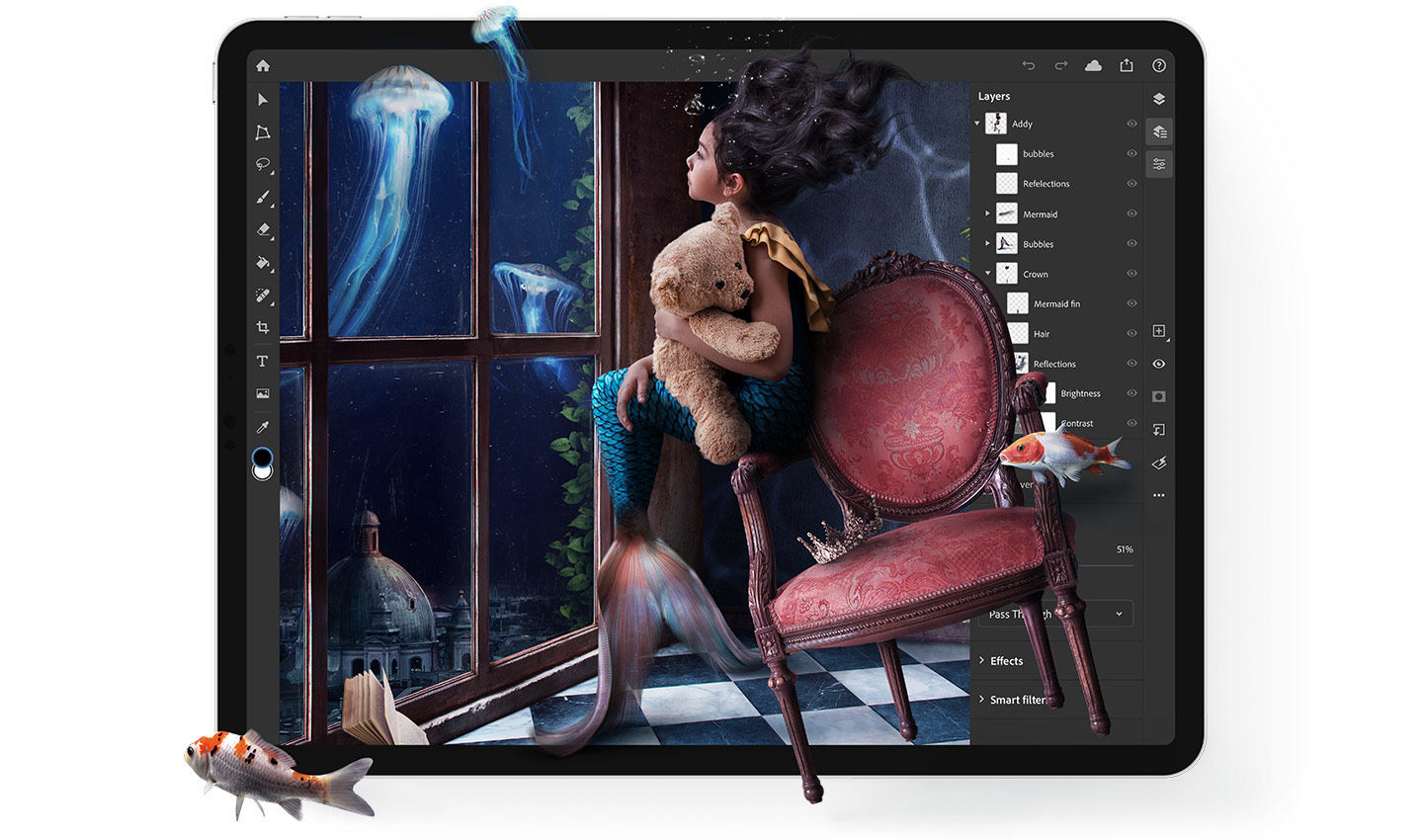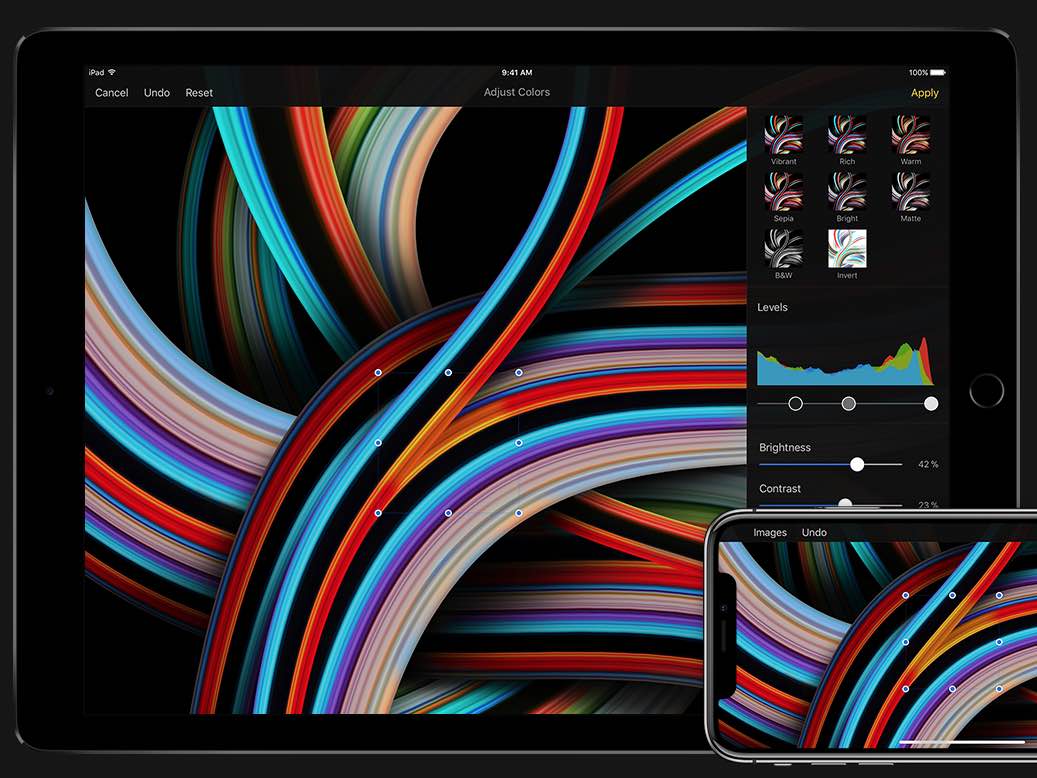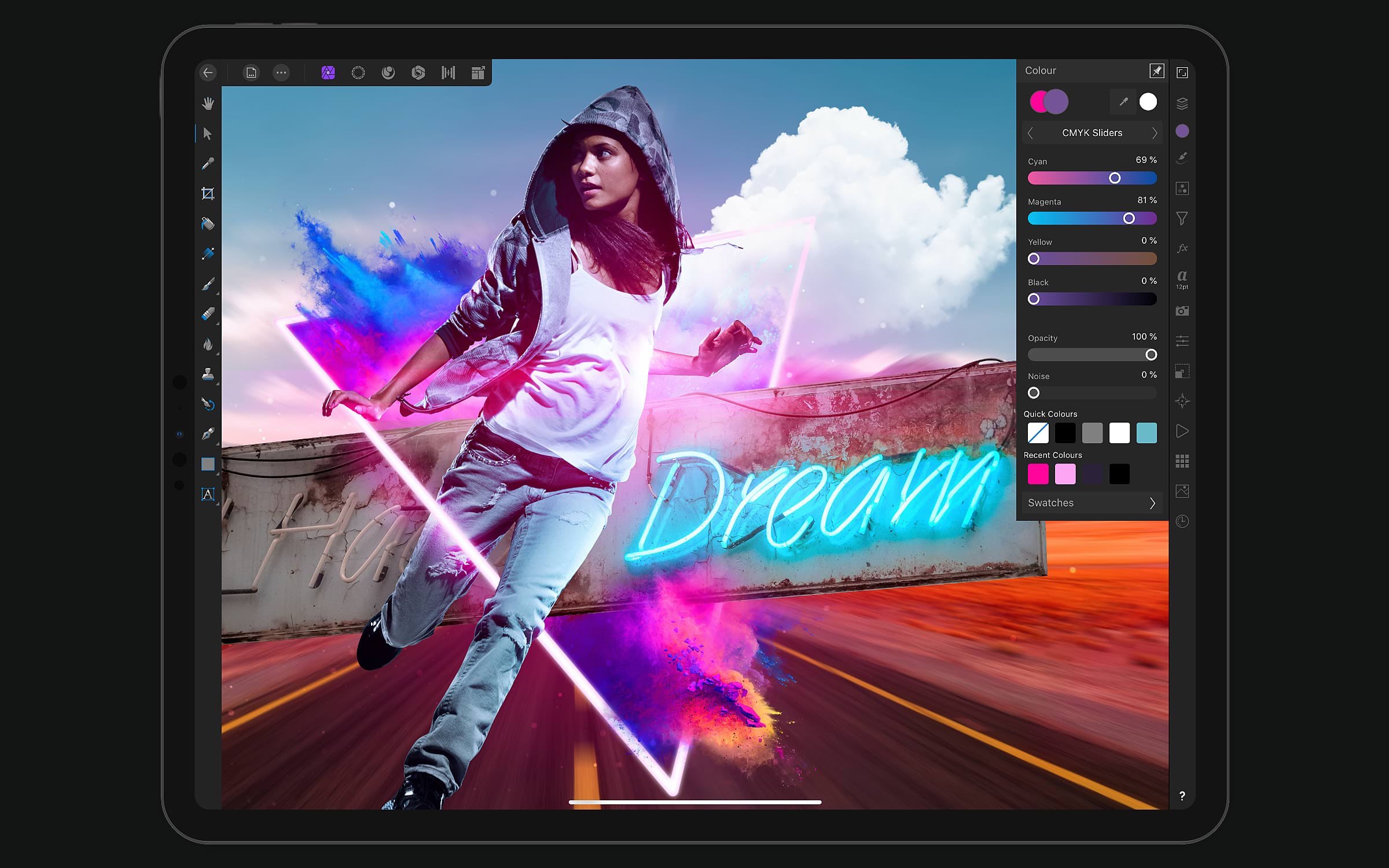
Faced with an average user review rating of 2.3 out of 5 stars for its Photoshop for iPad app on Apple’s App Store, creative software maker Adobe has now admitted that it’s indeed failed to properly distinguish between “real” and “full” Photoshop experience on the Apple tablet.
Managing expectations
Adobe, Inc. has embarked on the arduous task of bringing its most successful software franchises to mobile devices to maintain its stature as the world’s largest maker of creative software.
[…]
The company debuted its most important mobile application ever this week when it finally released Photoshop for Apple Inc.’s iPad. But with key capabilities missing, many within the company’s vast fan base have panned the application, prompting the app’s overseer to publicly defend his product.
Scott Belsky, chief product officer of Adobe’s Creative Cloud division, has defended the poorly received product on Twitter.
Adobe defends Photoshop for iPad
He tweeted this:
If you try to make everybody happy with a version 1.0, you’ll either never ship or make nobody happy. Such feats require customer feedback to truly exceed expectations. You must ship and get fellow passionate travelers on board. But for a team with the right vision and commitment, being doubted and critiqued is motivating and informing.
I have one word for Scott: Pixelmator.
Even in its 1.0 version, Pixelmator for iPad shipped as a well-rounded image editor with many filters, effects, selection modes and other features. Scott also responded to users who tweeted about not enjoying Photoshop for iPad, recommending they try Adobe’s drawing app, Fresco.

Craig Grannell has an even smarter take on this.
Enter Affinity Photo
He clearly spells out what many of us have suspected all along, that Adobe’s iPad problems are down to hype, value and not managing expectations properly:
Scott’s right, but the problem is that expectations weren’t managed. Instead, we got a hype train and suggestions we would get full-fat Photoshop. Instead, version 1.0 is a stripped-down release. Belskey says the team decided to ‘nail perfect PSD support’ rather than ‘just port 30 years of stuff (and baggage) on day one’, which is sensible, except some of that baggage includes taken-for-granted features like layer effects.
[…]
Photoshop on iPad also represents a U-turn for Adobe, who’d previously argued people didn’t want this kind of pro-level software on iPad. It now feels like that argument was made because Photoshop didn’t exist. I can’t help wondering how long this app has been in development. Was it around in some form for years or is it a reaction to Affinity Photo showing that, yes, pro-level creatives really do want this kind of app on iPad?
Another important thing: Photoshop for iPad will set you back $10 per month unless you’re already a Creative Cloud subscriber whereas Affinity Photo for iPad is currently on sale for the same price as a single month of Photoshop for iPad.

So, what happened?
Photoshop for iPad released on November 4, but the creative pro community instantly criticized Adobe for debuting a half-baked app with key features missing at launch. Even though Adobe previewed Photoshop for iPad at its MAX conference a year ago, the shipping version of the app has many features missing.
While the iPad app is able to open and save layered Photoshop files through the Adobe cloud, advanced filters and other features are nowhere to be found in the initial App Store release. Adobe on its part has promised to fill in the gaps in future updates to the app.
if you try to make everybody happy w/ a v1, you’ll either never ship or make nobody happy. such feats require customer feedback to truly exceed expectations. you must ship and get fellow passionate travelers on board.
— scott belsky (@scottbelsky) November 7, 2019
Now, it’s perfectly understandable that such a massive undertaking like enabling feature parity between desktop and mobile editions of Photoshop would be an ongoing effort rather than something that could be done all in version 1.0. But, that doesn’t excuse Adobe from doing an awful job managing expectations because it told us to expect “real” Photoshop on mobile, which many people interpreted as having the full desktop experience on their iPad.
excited to RT this someday soon with a different pic, as the Photoshop team ships the amazing roadmap of features ahead, w/ our customers’ input. heads down and off to the races…
— scott belsky (@scottbelsky) November 7, 2019
Adobe defends its misstep by arguing that it meant that the iPad app is based on the actual real codebase of desktop Photoshop, but that’s a poor explanation. Frankly, such a stupid PR mistake is surprising coming from a company that’s been in the business for decades.
In the meantime, Adobe said this week it will bring Illustrator to the iPad in 2020.
Thoughts?